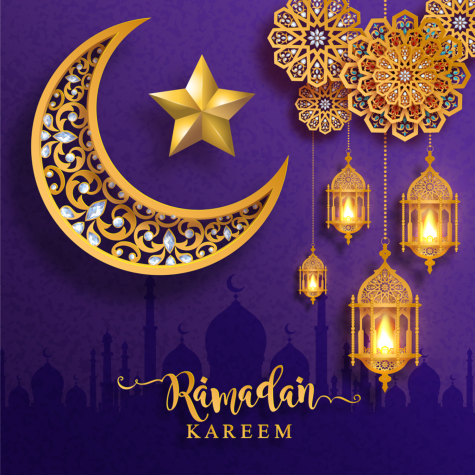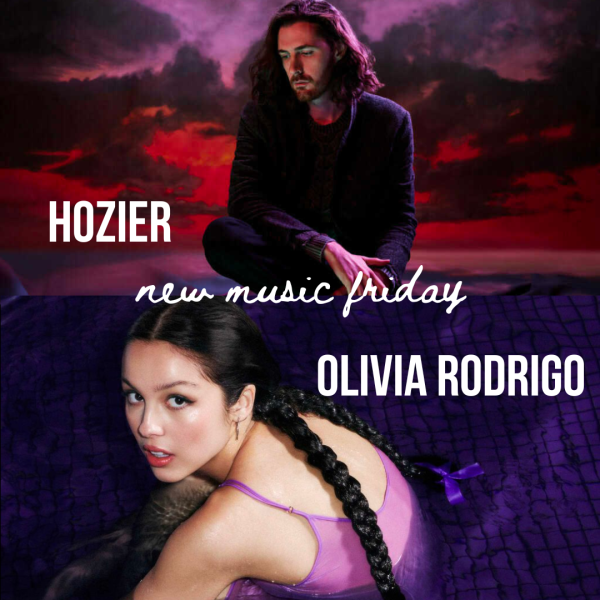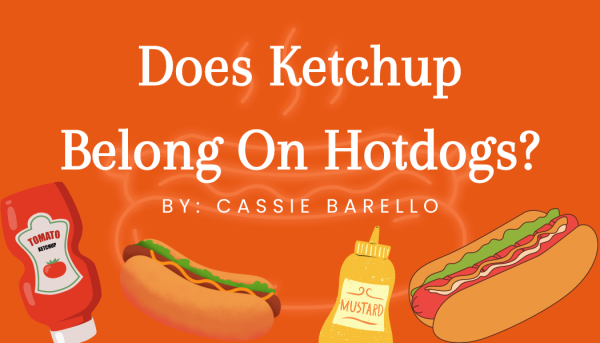The History of Ramadan And Its Traditions

With the Islamic holiday of Ramadan approaching on March 22 and lasting through April 20, here is some history of the holiday as well as what traditions are involved.
In A.D. 610, Muslims believe that the angel named Gabriel appeared to the Prophet Muhammad and gave him the Quran, which is the Islamic holy book. That event, known as Laylat Al-Qadar or the Night of Power is believed to have happened during Ramadan.
During Ramadan, Muslims want to grow spiritually as well as build stronger relationships with their god, Allah. They do this through prayer and reciting the Quran, making selfless actions, and avoiding lying and fighting.
Ramadan also requires a fast from sunrise to sunset where you are not allowed to consume food or water for the whole period unless given special permission due to circumstances such as age or pregnancy.
A quote from Saheeh Al-Bukhari states, “Fasting is a shield, so the one who fasts should avoid obscene speech and ignorant behavior. If someone abuses him or starts to fight with him, he should reply by saying: ‘I am fasting. I am fasting’.”
After the final day of Ramadan, A celebration known as Eid al-Fitr, or, the festival of breaking the fast occurs. This celebration begins with communal prayer at sunrise and is a three-day celebration consisting of festivities, prayer gatherings, food, exchanging of gifts, and paying respect to deceased relatives. Carnivals and large prayer gatherings are also set up, depending on the size of the celebration.
Now you may be asking, can only Muslims participate in the holiday of Ramadan? No! Anyone can participate to reach goals such as breaking bad habits, forming better relationships, and creating self-discipline.
Ramadan is a time for Muslims to become more devoted to their faith and become closer to god, but it can also be celebrated by anyone regardless of their connection to the religion for purposes such as self-improvement.
Happy Ramadan Gators!
Ewan Andrew












